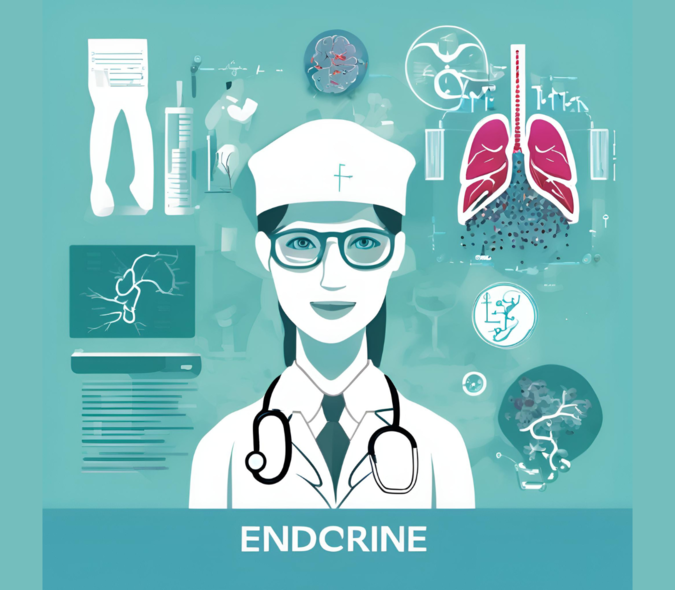
Time Toxicity Associated With Cancer Treatment
The time burdens associated with receiving cancer care – the time spent in traveling to appointments, in waiting rooms, in infusions, in hospital wards, on annoying phone calls with insurance companies – are what one doctor is calling time toxicity. “This concept of time toxicity is perhaps applicable to all patients but is perhaps most applicable to people with advanced solid tumors, who are facing treatment decisions in the context of limited time,” said Dr. Arjun Gupta, a GI medical oncologist at the University of Minnesota Medical School, Division of Hematology, Oncology and Transplantation.
Dr. Gupta noticed in his clinical practice that in some circumstances the survival benefit realized by treatment was actually exceeded with time spent pursuing that treatment. So evolved Dr. Gupta’s concept of time toxicity which was discoursed in a STAT article Here’s a new data point for cancer patients to consider: ‘time toxicity’.
The quantifiable measure of time toxicity that Dr. Gupta and his colleagues have come up with is the number of days with in-person healthcare contact in clinics, hospitals, and other healthcare facilities. This straight forward concept resonates with patients because as a patient knows any day they and their care partner have physical contact with the health care system can often feel like an entire day lost. This patient-centered approach to the measurement of time toxicity is real-world, can be calculated easily, and recognizes that cancer care is delivered in multiple settings, both inpatient and outpatient.
“There are a couple of things that we need to keep in mind while thinking about this metric,” said Dr. Gupta. “We need to separate the additional time imposed by a specific cancer treatment over and above the time toxicity of cancer itself, and we also need to keep in mind that this metric has some limitations in that decreased health care contact could represent poor access to care and could widen disparities in health care access.”
Another dynamic is that care is progressively being carried out in the home and this would not be considered time toxic using the current metric that only considers in-person healthcare contact. That being said, while home-based care may be more comfortable for some families, however for other families, this may be very stressful to regular home life. The important thing to keep in mind is that while this metric is not perfect, it helps start the conversation to encourage clinical trials to report time burdens alongside how long people live. The goal is to find a treatment approach that is effective in prolonging life while minimizing the negative impact on the patient's quality of life.
Impact of Time Toxicity
Patients want to know where and how they will spend their time, not just how much time they might gain. Cancer drug studies already gather a plethora of data in areas like, overall survival, progression-free survival, side effects, and so on. By factoring in time toxicity, treatment studies can also calculate how much of a patient’s additional time, in terms of survival, will be spent in related medical care. Providing that information to physicians and patients helps to better understand the pros and cons of treatment options.
Implementation and Next Steps

Home days – days without in-person healthcare contact – can be dependably reported by clinical trials with minimal added burden. Such reporting is already happening in cardiology and neurology, but not in oncology. Cooperative trial groups are well placed to gauge home days through ancillary analyses of completed clinical trials. New clinical trials can start to explore time toxicity prospectively.
Accompanying time toxicity reporting in trials, studies will be able to assess how time toxicity data manifests in reality. Reported data can be used to determine nights away from home, and electronic medical records data can inform about time spent with the health care system. In the real world, time toxicity expresses not only in the underlying cancer, but also with the care delivery system, the social determinants of health, and the particular treatments. Therefore, time toxicities related to a specific treatment in retrospective analyses are best interpreted and compared with other treatments with instructive understanding.
Some digital technologies can help aid and further report time burdens of care. A smartphone application can passively capture specific data points. Geotracking services can record travel and time spent at a locations such as the infusion center. Additionally, patients can account for time spent on otherwise-ignored undertakings such as being placed on hold with insurance companies. As technologies make it easier to record data, this may provide avenues of development for more nuanced time toxicity metrics.
Methods of qualitative and decision science can refine time toxicity metrics and reveal nuanced trade-offs. The knowhow of allowing a patient to evaluate opportunity costs as they evaluate treatment options including time burdens will help patients to better realize the decision making process. Studies must explore patient perceptions surrounding the value of home days versus health care system days. “Would I keep a home day to avoid 3-days of hospitalization and what is the total quality of life benefit between those two choices?” Further opportunities of study in the time toxicity field include the following.
- Adjusting the model and metric as oncology care is progressively delivered in the home and telemedicine is more widely embraced.
- Making sure that everyone has a fair and just opportunity to attain their highest level of health so that access to care is not mistaken as low time toxicity and thus good care.
- Quality improvement initiatives, consistent patient experiences, novel care delivery approaches like algorithms to predict patient outcomes, knowing whether the patient can personally benefit from a clinical trial, can all help to lessening time toxicity.
Conversations That Need to Happen

To better inform decision making, patients need to appreciate the relative time-related burdens related with different treatment options. Beliefs and preferences will vary but all patients want to minimize unnecessary time spent in the health care system. In some situations, time spent in pursuing cancer treatment may paradoxically lessen meaningful survival time. Dr. Gupta and his colleagues recommend that oncology clinical trials, especially in advanced solid cancers, report a measure of time toxicity.
“We owe it to our patients to discuss how treatments will affect their time,” said Dr. Gupta. “Individual patients value quality versus quantity differently, and that is ok. Time toxicity data should be used to help guide patients who have diverse priorities.”
Dean Patterson, Editor
Division of Hematology, Oncology, and Transplantation
References
Charlotte Huff STAT April 10, 2023 Here’s a new data point for cancer patients to consider: ‘time toxicity’
Gupta A, Eisenhauer EA, Booth CM. The Time Toxicity of Cancer Treatment. J Clin Oncol. 2022 May 20;40(15):1611-1615. doi: 10.1200/JCO.21.02810. Epub 2022 Mar 2. PMID: 35235366.



